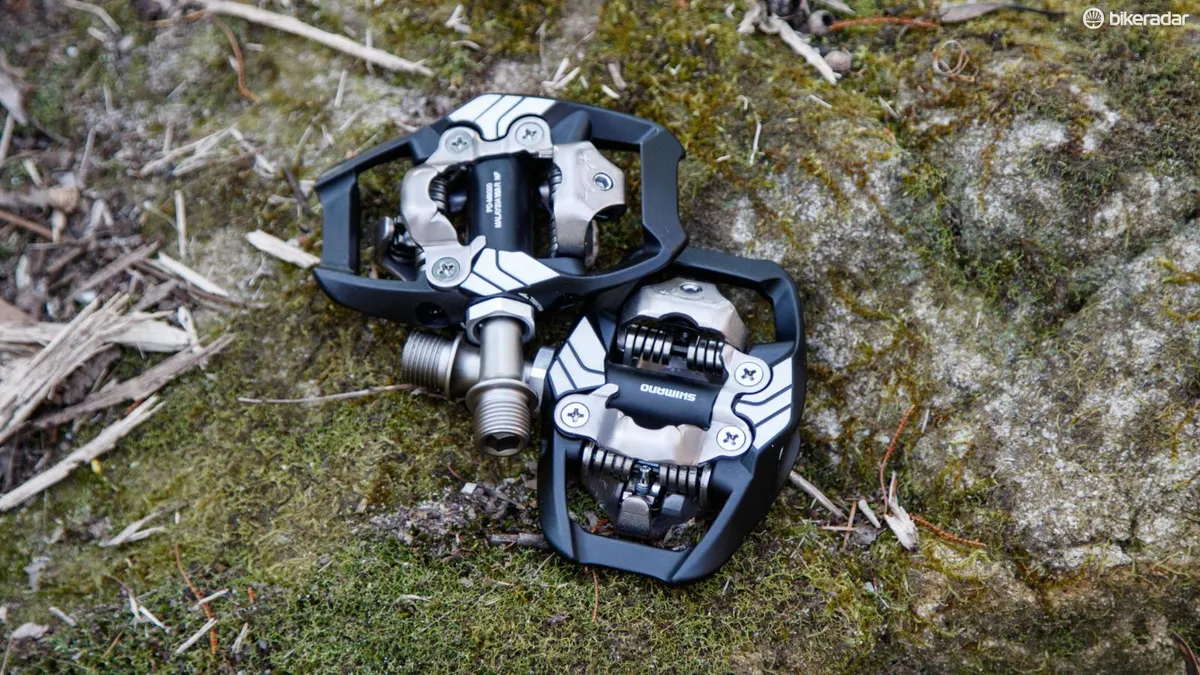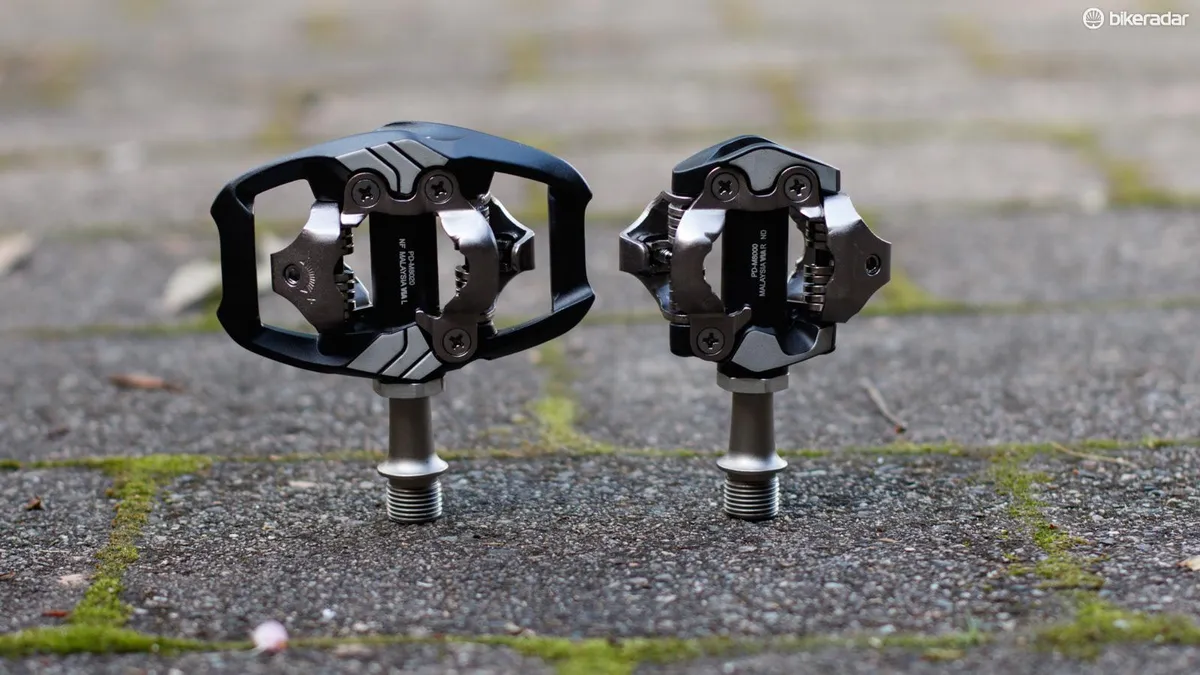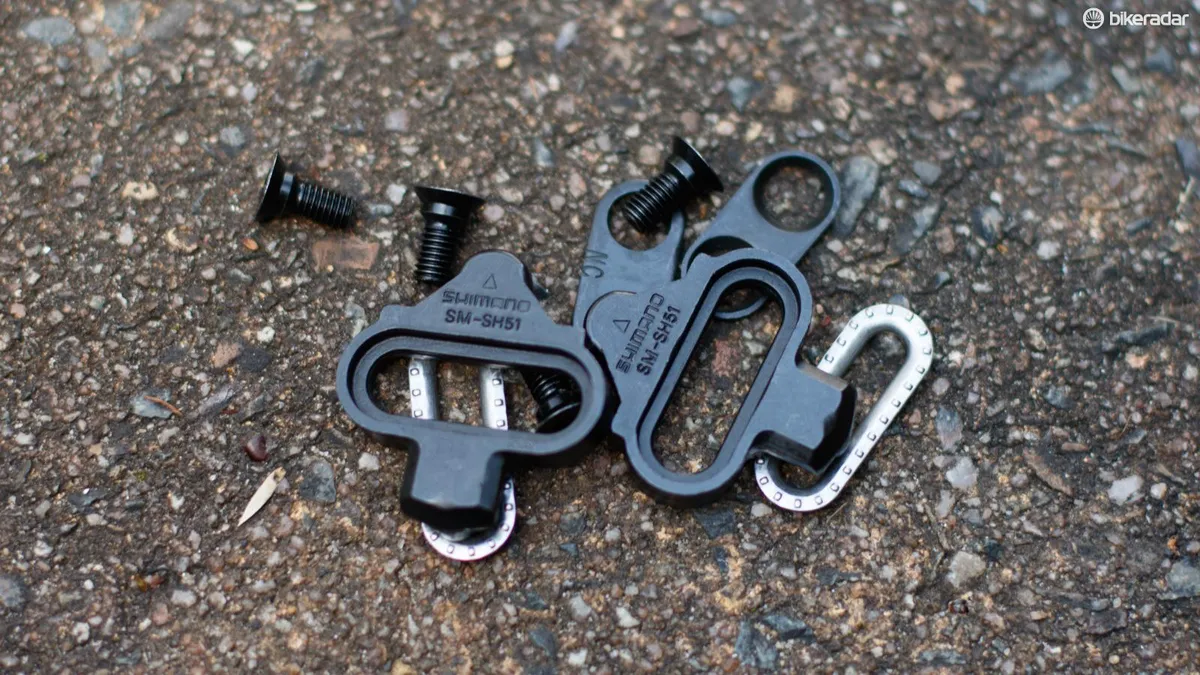Few mountain bike products have remained so similar over such a long period as Shimano’s SPD pedals. In fact, the Japanese behemoth is currently celebrating the SPD pedal’s 25th anniversary.
Released alongside Shimano XT 11-speed, we’ve been testing the subtly updated XT M8020 Trail pedal. In many ways it’s a similar pedal to those of years past, but small refinements trickled down from XTR pedals have ensured it remains as the market benchmark.
Designed for the trail, enduro and all-mountain mountain biker, the Trail pedal encases the SPD mechanism within an alloy platform. This is the key difference when compared with the lighter ‘Race’ version available.
The details
Much of the XT M8020 Trail pedal is the same as its XT Trail M785 predecessor. At a quick glimpse, you’d be easily excused for thinking they’re unchanged.
Related: Shimano M8000 XT Race vs M8020 XT Trail pedals
Get closer, and you’ll see the platform surrounding the pedal mechanism has grown. It’s all about maximizing the pedal to shoe surface area and for this the new M8020 version is 3.3mm wider, resulting in a claimed 11.7% increase of contact surface. Additionally, the pedal body is now .5mm shallower, getting you a hair closer to the axle.
Inside and it all carries over from the previous model. The re-used hardened steel axle is solid, as is the adjustable and serviceable bearing system. Opening these up with a metric spanner and popping in some fresh grease once a year will keep them spinning for a very long time.
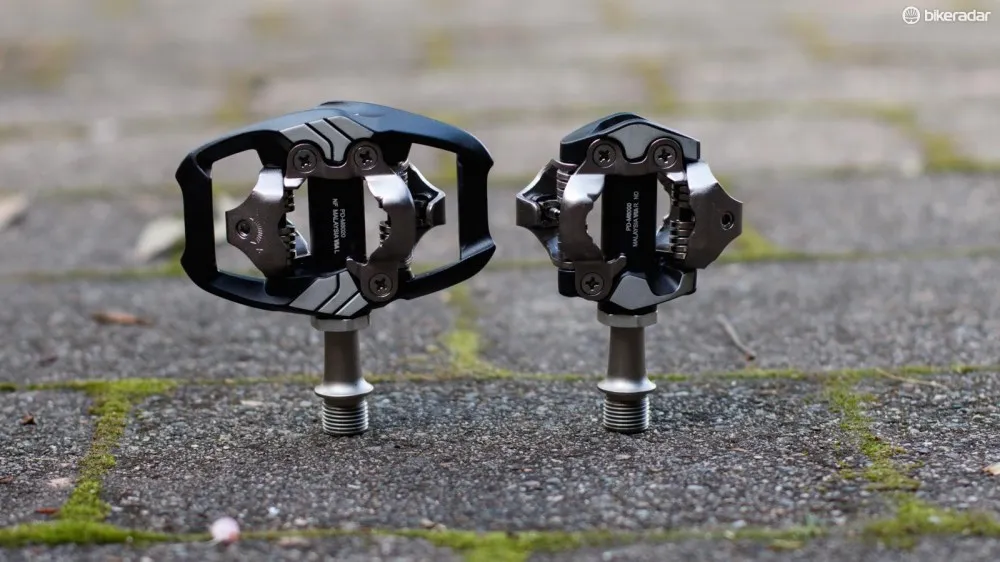
Trail vs Race
These pedals weighed 402g on our scales (408g claimed). If you’re watching the grams, then the XTR Trail pedals will save you 29g, Race pedals will save you more again and other brands can make such a weight seem obscenely high.
However, weight is not everything and these refreshed pedals no doubt continue to set the benchmark for durability and reliability.
The ride
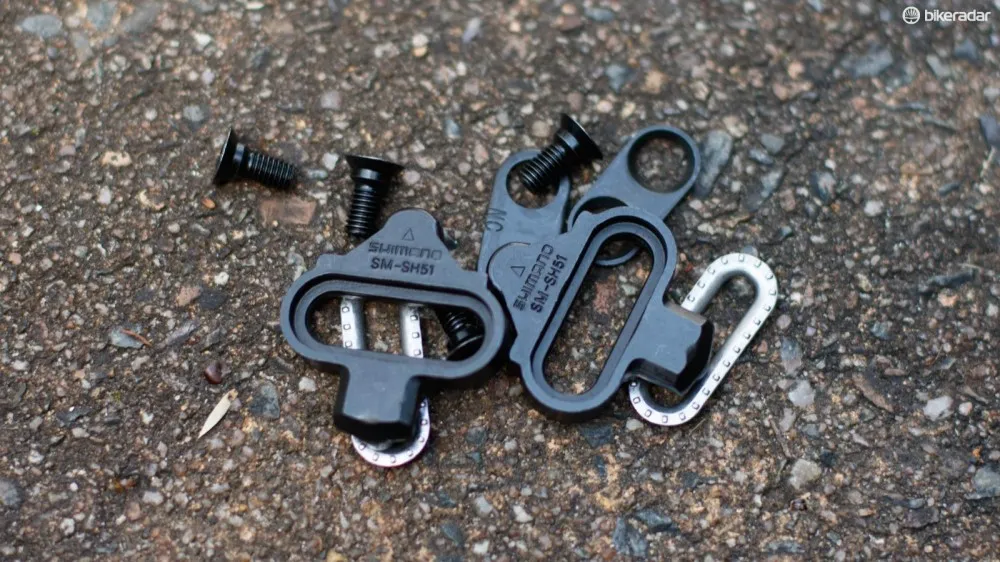
With the same cleat, it's much the same ride
Keeping with the same steel cleat and adjustable SPD mechanism of the past, riding the new XT pedals is all a familiar experience. Clipping in and out is consistent, and the tension is easily adjusted with a 3mm hex key.
The curved alloy platform surrounding the SPD mechanism aids in directing your foot into the pedal. Missing clipping in, and the platform helps to provide a resting place until you can clip in.
Older Shimano pedal designs with platforms, such as the M545 and M424, place the SPD mechanism on a spring for easier angle of entry. The XTs have no such feature, instead keeping the platform and clip mechanism at one piece. It’s a design that works perfectly, and is both lighter and more durable than designs of past.
Those seeking the platform to ride up to the shops or into work without clipping in should look elsewhere, because these are specifically designed for mountain biking. The SPD binding protrudes awkwardly above and any amount of pedalling in a soft-soled shoe will quickly become uncomfortable.
The additional pedal-to-shoe contact surface of the Trails is subtle, and jumping back and forth between the old and new makes it hard to distinguish a major improvement. The extra width does help to prevent foot roll when tilting the bike into corners, but again, it’s not major. And we certainly didn’t notice the .5mm reduction in body height.
Beyond the additional stability, the updated XT pedal features a smoother external profile; something that certainly deflects rock strikes better than models past. The smoother profile is also less likely to hurt in the event that your bike attacks you.
Step in some extremely thick mud and you’ll likely experience the only drama with Shimano SPDs. They don’t handle the goop like more open pedal designs from Crankbrothers or Time. The Trail’s platform is a further sticking point (pun intended), and will hold the mud against your shoe more than the Race version of the pedal.
Is it worth an upgrade?
So perhaps you’re running the past generation XT M785 pedals or something cheaper. Are the new XT Trail pedals worth the change?
With nothing new in the cleat, clip mechanism or internal durability, there’s honestly little reason to change from the previous XT if you don’t have to. Sure you gain some stability, but it’s marginal and we’re still happy enough swapping back and forth between the old and new pedals (though first choice is the new).
However, the lower weight and increased platform may offer a suitable upgrade if you’re on much older pedals from Shimano, such as the M545 or M424s. Here the new design is lighter, more durable, offers substantially better mud clearing and the additional foot stability will be noticed.
And if you’re considering these over the cheaper M530 pedals, then do it. They’re lighter, more open and more durable. Pedals are something you can move from bike to bike and we feel it’s worth the little extra investment.
That said, the XTR version is typically a price too high for most and so we continue to believe that XT offers the best value. The XTR pedals are lighter, offer a special low friction coating on the SPD binding and hide a nicer bearing and seal setup, but it’s typically just not enough for most savvy shoppers given how good the XTs are.
For us, these pedals have become our go-to choice for any general mountain bike with 5 or more inches of suspension travel. If the bike is less bouncy, then our pick is for lighter ‘Race’ options.
